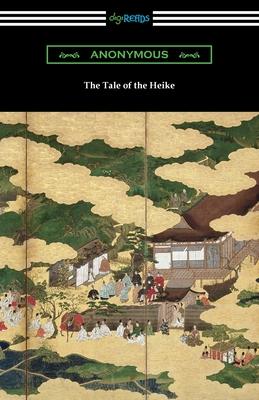Often referred to as the "Iliad" of medieval Japanese literature, "The Tale of the Heike" is the epic 14th-century story of the struggle between the Taira clan and the Minamoto clan for control of Japan during the Genpei War, which lasted from 1180 to 1185. The story is told in episodes and was part of a long oral tradition in Japan of traveling bards or monks who would chant stories along to a "biwa," an instrument similar to a lute. The source of this famous tale is generally believed to have been a combination of numerous monks over many decades and cannot be attributed to a single author. The central themes are the Buddhist ideas of impermanence and karma. In haunting and evocative prose, the "The Tale of the Heike" shows how nothing lasts, the proud and mighty eventually fall, and everything is someday reduced to dust. While it is a story of warring samurais and bloody conflict, it is also tale of justice and retribution, as the evil and cruel face the rightful consequences of their actions. This enduring masterpiece, which has shaped Japanese culture and inspired countless tales of samurai, is a must-read for historians and anyone interested in this iconic warrior tradition. This edition is printed on premium acid-free paper and follows the abridged translation of A. L. Sadler.

Often referred to as the "Iliad" of medieval Japanese literature, "The Tale of the Heike" is the epic 14th-century story of the struggle between the Taira clan and the Minamoto clan for control of Japan during the Genpei War, which lasted from 1180 to 1185. The story is told in episodes and was part of a long oral tradition in Japan of traveling bards or monks who would chant stories along to a "biwa," an instrument similar to a lute. The source of this famous tale is generally believed to have been a combination of numerous monks over many decades and cannot be attributed to a single author. The central themes are the Buddhist ideas of impermanence and karma. In haunting and evocative prose, the "The Tale of the Heike" shows how nothing lasts, the proud and mighty eventually fall, and everything is someday reduced to dust. While it is a story of warring samurais and bloody conflict, it is also tale of justice and retribution, as the evil and cruel face the rightful consequences of their actions. This enduring masterpiece, which has shaped Japanese culture and inspired countless tales of samurai, is a must-read for historians and anyone interested in this iconic warrior tradition. This edition is printed on premium acid-free paper and follows the abridged translation of A. L. Sadler.